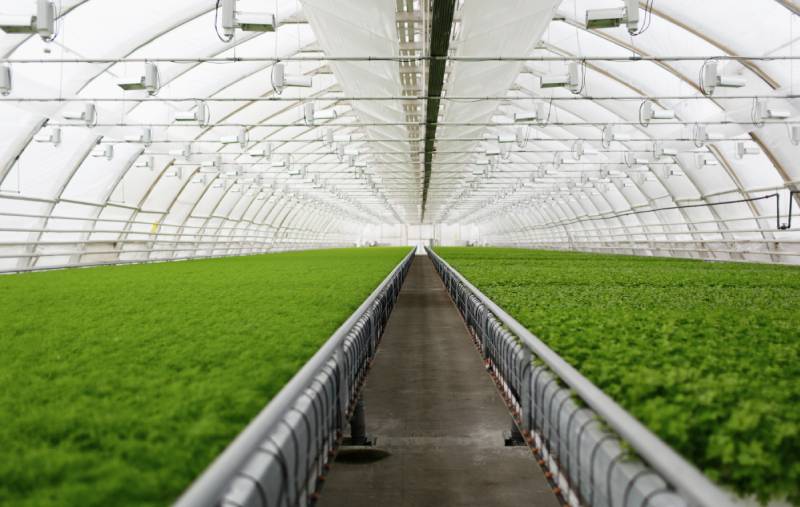The use of natural light can result in significant energy savings.
The advantages of natural lighting
14th July 2022

Research supports daylighting’s positive effect on building performance and human health.
Independent field studies conducted over the past 20 years have produced a variety of outcomes, from exceeding predicted energy savings by 56 percent to seeing an increase in energy consumption due to increased voltage of some dimming ballasts for lights left on overnight even though they were set to an off setting for daylight control. A strategy to incorporate daylight into a structure can either decrease or increase its overall energy consumption in light of these findings and the known thermal interdependencies linked to daylight glazing.
When a structure is poorly maintained and has aggressive daylighting goals, the occupants may be exposed to severe glare and thermal stress. On the other side, recurrent reports also demonstrate how much they enjoy their jobs and wish they would never have to relocate.
Increased daylight has been linked to significant financial and performance-related advantages as well as happier employees.

Our circadian system is made up of the biological mechanisms that control our sleep-wake cycle. Our circadian rhythm manages our cycles of alertness and sleepiness by using the neurohormone melatonin. A person’s sleep-wake cycle can deviate by as much as two hours each day if they are not exposed to natural 24-hour cycles of light and dark.
The absence of daylight within a structure does not necessarily mean that its people will perish. These problems can be treated by exposing people to strong light at the right time of day and for the right amount of time. Simply said, daylight is one resource that can deliver this exposure at the precise time and for the length of time that is best for people.
While the spectrum of daylight is changeable and frequently unpredictable, it is also rich in the short-wavelength region of the visible spectrum, which has been proven to support alertness and circadian sleep-wake entrainment. However, it is also critical to keep in mind that human health is supported by the daily—and perhaps seasonal—variation linked to the cycle of day-night light and dark.
With the growing variety of daylighting software solutions, modelling and testing design decisions are particularly crucial. Once a design has been implemented, it is important to train building occupants and operators on how to utilise lighting controls, access shading controls, and daylighting controls in order to ensure operational success.
However, the existence of daylighting in our buildings is crucial for maintaining the rhythms of human life, strengthening connections between people and place, and exposing local biodiversity in our built environment.
RECOMMENDED

Welcome to the captivating realm of symbiotic farms, where nature's harmony and sustainable practices intertwine....

In India's pursuit of a greener future, the Indian Green Building Council (IGBC) has established rigorous standards for sustainable buildings. ...

Chennai, a vibrant coastal city in India, has been grappling with recurring flood events during cyclonic storms. ...